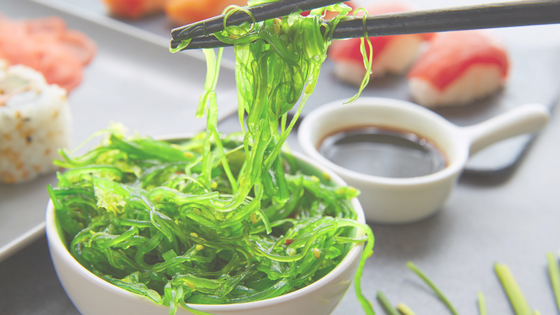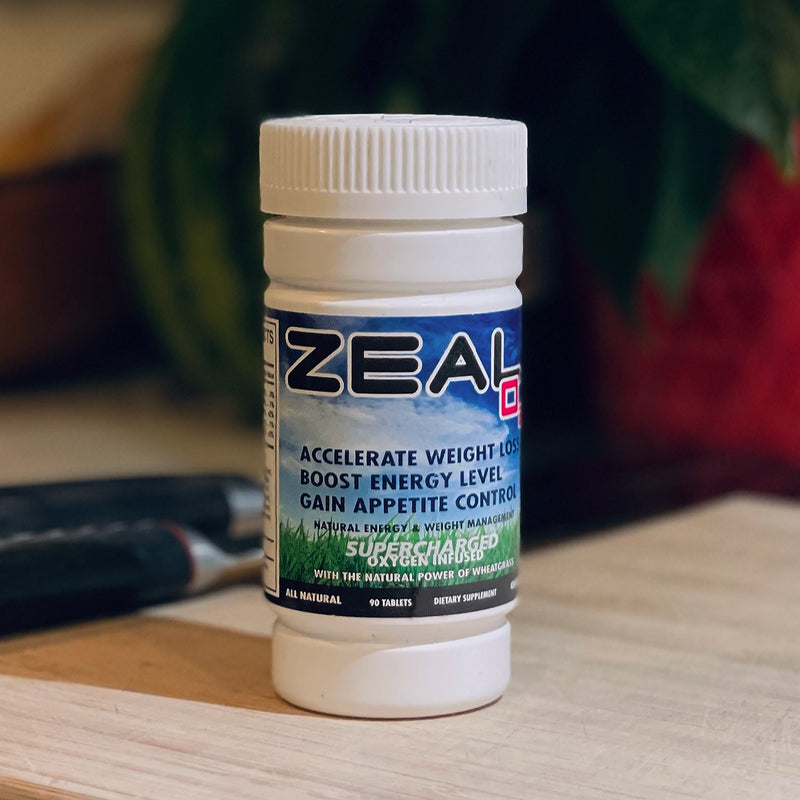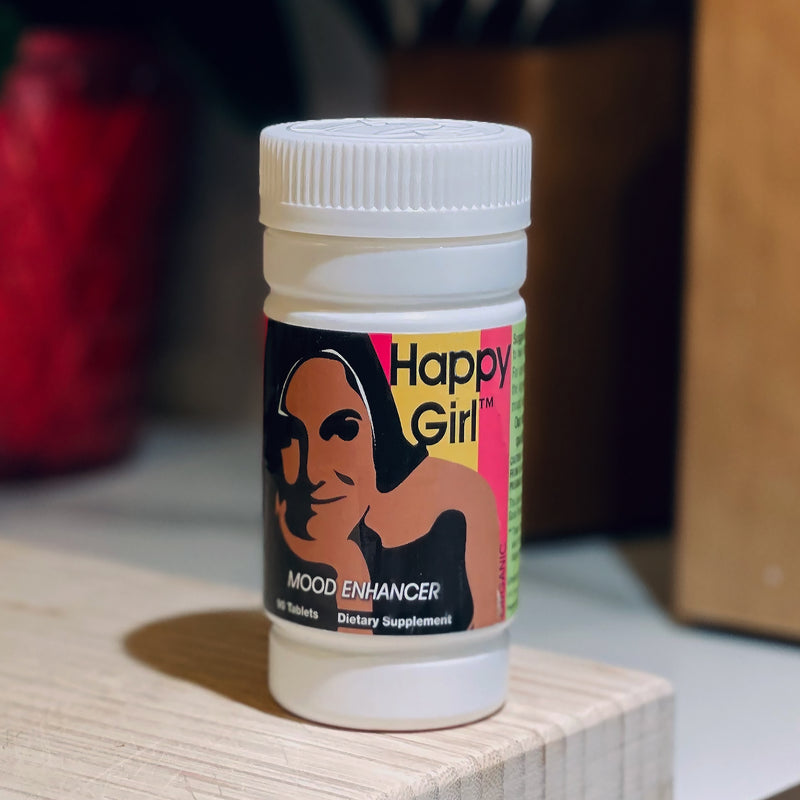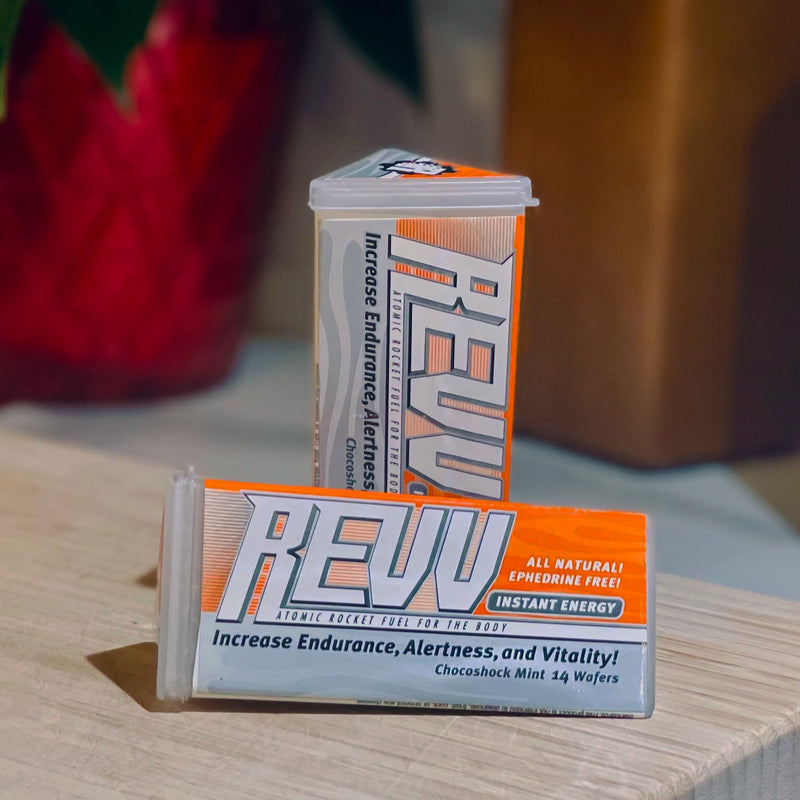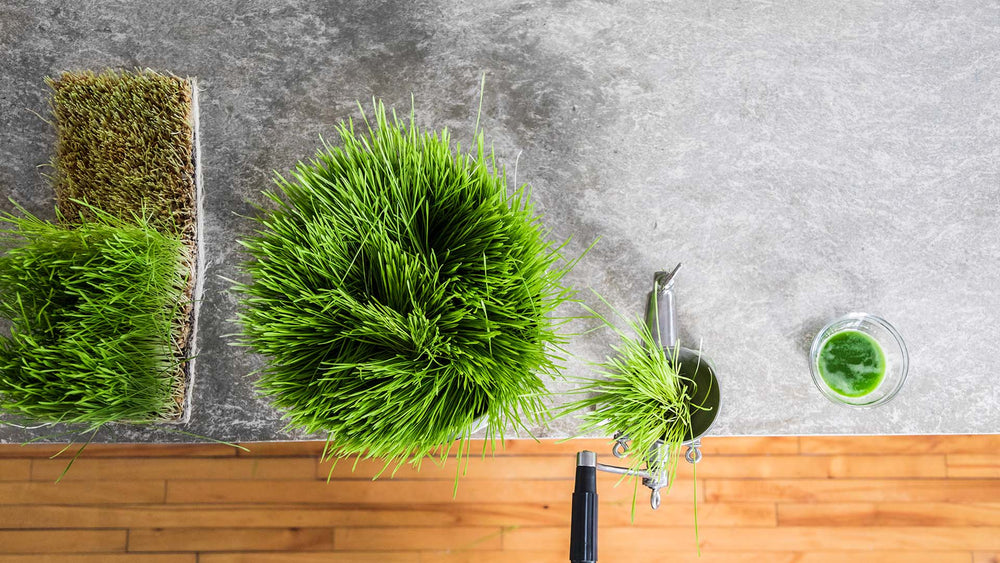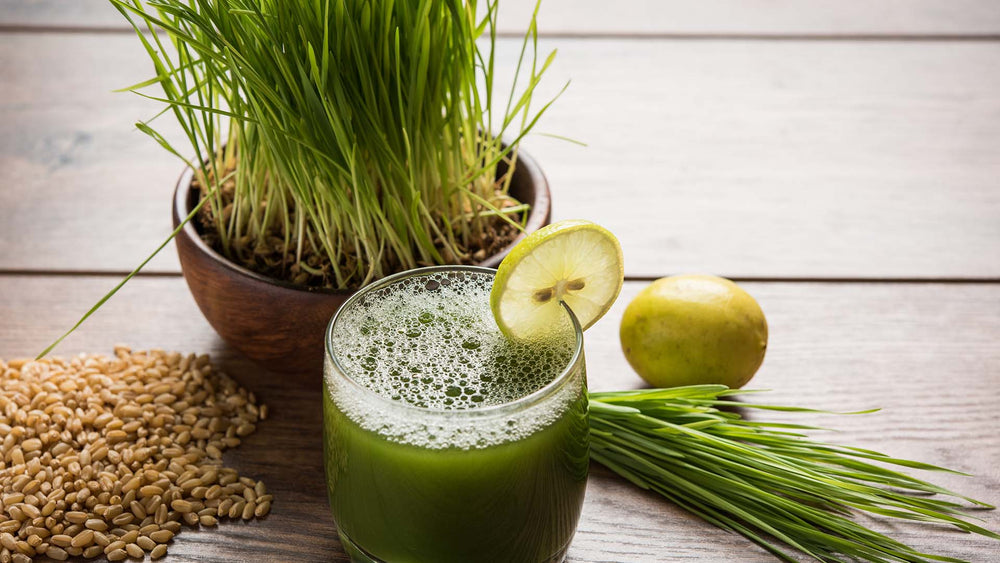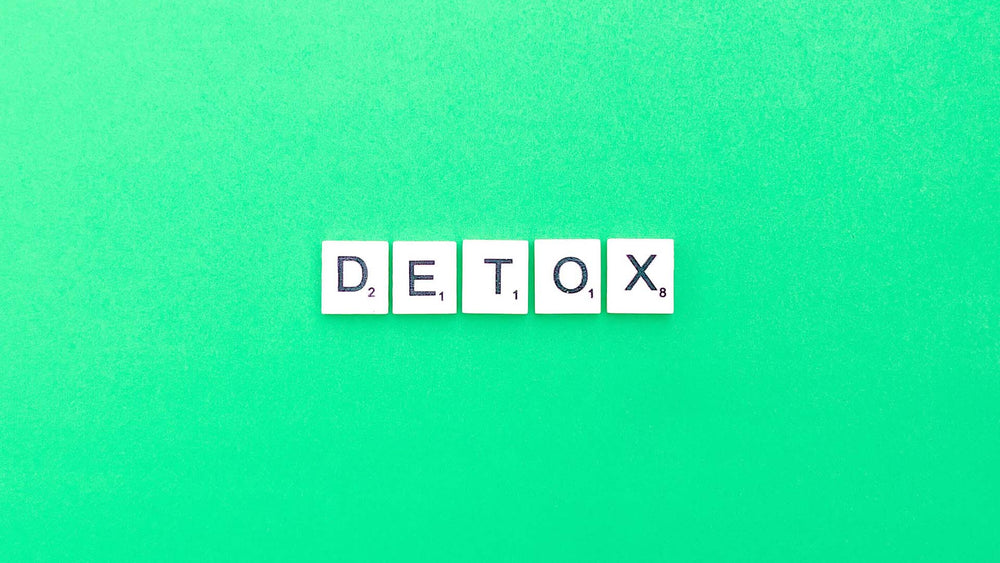Most Americans only consume seaweed when they visit a Japanese restaurant.
You've probably had seaweed in salad, miso soup or in the wrapping around a sushi roll. But seaweed is more than a decoration on your sushi plate.
According to a study published on Biomed Central, all varieties of seaweed offer nutrients and distinct flavoring for many cuisines. Umami, a Japanese term for “fifth taste”, is becoming popular among Western chefs looking for different ways to add flavors to their dishes..
Sometimes referred to as sea or marine vegetables, seaweed adds taste and texture to salads, burgers and other everyday dishes. It also offers many nutritional advantages in a relatively small package. You don't need to eat a lot of seaweed to experience the following benefits.
1. Lowers Blood Pressure
Seaweed contains bioactive peptides, which have some of the same properties as Accupril, Vasotec, Monopril and other ACE inhibitor drugs. Eat more seaweed, along with other vegetables, to naturally reduce your chance of strokes and heart attacks.
Buy Wheatgrass Pills for Weight Loss
ZEAL O2 helps you to burn fat easily, control your appetite, boost your energy, cleanse your body, and create a feeling of high energy and well-being.
2. Reduces Toxins in Your Body
Aliginic acid, a substance in seaweed, binds with the toxins in your body to speed their elimination. When you eat seaweed, it sops up lead, cadmium and other environmental pollutants that end up in your body from cigarette smoking and air pollution.
3. Contains Minerals and B Vitamins
Seaweed contains chlorophyll, the same green pigment that gives your houseplants their color. Chlorophyll has hundreds of amino acids, enzymes, vitamins and minerals. A little bit of chlorophyll goes a long way towards improving your energy and overall health.
For example, a tablespoon of the seaweed dulse provides 500% of the daily value of iodine, 16% of Vitamin C and manganese, 11% of Vitamin B2, and small amounts of zinc, protein, iron, potassium and Vitamins B3, B6, B1 and B5.
Wakame is an excellent source of Vitamin A, magnesium, manganese, iron, niacin, folate, calcium, Vitamin C, Vitamin K and Vitamin E.
Buy Wheatgrass Pills for Weight Loss
ZEAL O2 helps you to burn fat easily, control your appetite, boost your energy, cleanse your body, and create a feeling of high energy and well-being.
4. Offers a High Iodine Content for Better Thyroid Health
Seaweed contains iodine, a nutrient important for maintaining thyroid health. Your thyroid, a butterfly-shaped gland in your neck, produces and regulates hormones. Women have larger thyroids than men, and when they're under stress, their thyroids become larger and you need more iodine. One in four women are thought to have an underactive thyroid (hypothyroidism, causes weight gain, mood swings and lethargy) or an overactive thyroid (hyperthyroidism, causes excessive hunger, fatigue, irregular heartbeat and insomnia). Adding more seaweed to the diet is one way to control these conditions.
The amount of iodine in the average U.S. diet has decreased from 500-800 mcg in 1940 to 136 mcg in 1995. Serious iodine deficiency is rare in the U.S., as most fruits and vegetables are grown in iodine-rich soil, and prepared foods contain iodized salt. Your body requires 100-200 mcg of iodine per day, and kelp and most brown seaweed have between 500 and 1500 parts per million (ppm) of iodine.
Other foods with iodine include most fish (canned tuna and sardines, cod, shrimp, salmon, sea bass and halibut, etc.), and many veggies, including Swiss chard, spinach and lima beans.
5. Provides Anti-Cancer and Anti-Inflammatory Benefits
Sea vegetables offer lots of antioxidants and anti-inflammatory compounds to reduce the risk of cancer. Research on colon cancer indicates that seaweed extracts may alter the loss of calcium-sensing receptors (CaSRs) on colon cancer cells, improving recovery for people suffering from the disease. The low rate of breast cancer in Japan is often attributed to the consumption of seaweed as part of the daily diet.
Fucoidans, polysaccharides in bladderwrack and other brown seaweed, have been shown to decrease cell proliferation in certain types of cancer.
Kelp inhibits the bacteria Helicobacter pylori, which causes inflammatory skin conditions and stomach ulcers. The high antioxidant content of the edible green seaweeds. Ulva clathrata and Ulva prolifera has been shown to reduce inflammation that causes arthritis, asthma and celiac disease.
Buy Wheatgrass Pills for Weight Loss
ZEAL O2 helps you to burn fat easily, control your appetite, boost your energy, cleanse your body, and create a feeling of high energy and well-being.
6. Seaweed Offers Benefits for Reproductive and Sexual Health
All classes of seaweed contribute to sexual health due to their high manganese and Vitamin B2 content. Seaweed helps regulate estrogen and other hormones, and it may be a good addition to meals for women going through menopause. Eating seaweed also provides relief for Women who suffer from bad PMS symptoms.
Research conducted at the University of California, Berkeley suggests eating bladderwrack and other brown kelp seaweed may lengthen the menstrual cycle and delay the onset of menopause. It may also relieve symptoms of endometriosis and improve fertility.
Men's sperm count also benefits from eating seaweed. It's rich in Vitamin E, which fights free radicals in the sperm membrane.
7. Improves Dental Health
Seaweed contains extracts that help prevent cavities and gingivitis. It improves salivary function and strengthens oral tissue to resist damage. Dental alginate, which is used to make molds of patients' teeth, is derived from the alginic acid in seaweed.
8. Smoother, Younger Looking Skin
The vitamins, minerals and antioxidants in seaweed have anti-aging properties that guard against dry skin and wrinkles. Seaweed extract may be of value as a topical ointment for aging skin. Seaweed wraps and baths, used in many spas, detoxify the skin. The phytonutrients in seaweed improve blood flow to restore skin's youthful luster.
Adding seaweed to meals increases the amount of Vitamin A and Vitamin C in your diet. Vitamin A helps repair skin tissue, and Vitamin C boosts collagen production and improves the texture of your skin.
Buy REVV Energy Wafers for more get up and go!
REVV helps boost your energy, cleanse your body, and creates a sense of well-being.
9. Boosts Energy
People in the Caribbean and Ireland have depended on seaweed-based soups as energy tonics for centuries, and this method can work for you, too. Whether you're feeling tired after a busy week or recovering from an acute illness, a soup filled with greens, sprouts, avocado and seaweed will revitalize you. Seaweed soup is sometimes used as a hangover cure, and may dissolve the phlegm associated with colds, respiratory ailments and the flu.
Arame and other brown seaweeds help balance your body's pH, to maintain a healthy acid/alkaline ratio. It improves gut flora to benefit digestion, control weight and even guard against depression. In the book, Beating Stress, Anxiety and Depression: Groundbreaking Ways to Help You Feel Better, author Jane A. Plant, recommends eating seaweed, along with more Omega 3 fatty acids and fewer dairy products, to naturally relieve depression.
10. Strengthens Hair
A study conducted on rats showed extracts from the seaweed Grateloupia elliptica prevented hair loss. Research indicated treating the scalp with seaweed extract and eating more seaweed, may be beneficial for preventing hair loss in humans. Using shampoos formulated with seaweed extract protects hair against environmental damage and makes it shinier and stronger.
Types of Seaweed
Seaweed (aka algae) has been part of the diet in Japan and other Asian countries for centuries. Many studies have noted how seaweed, along with soy and other staples of the Japanese diet, play a part in that country's lower cancer and obesity rates.
There are over 20 different types of seaweed, divided into three classes by color – brown, red and green.
A few of the most popular seaweed varieties include:
- Wakame This sweet, dark green seaweed adds flavor to sandwiches and miso soup. Packed with folate, potassium, beta-carotene, calcium and magnesium, it adds plenty of nutrients to your diet in a small package. Like other seaweed, it offers carotenoids, flavonoids and other cell-protecting antioxidants. Wakame's high in sodium, with 70% of your daily value per 100 grams, so don't eat too much of it at a sitting, especially if you have high blood pressure.
- Arame Mildly sweet arame consists of long brown strands used as an edible garnish in Japanese food. You might find it in soups and salads, or to the side of your sushi or sashimi in your Bento box. Arame contains all the nutrients of other seaweed, including potassium, Vitamin A, Vitamin C and magnesium, but, like all seaweed, it's high in sodium.
- Dulse Usually sold in flakes, this red seaweed is great as a seasoning in soups, salads and as a complement to other vegetables. Dulse can be dried, ground, chopped or fried. It tastes faintly like bacon when fried and is sometimes added to meat entrees. Nutrient-wise, Dulse contains magnesium, calcium and iron to keep bones strong. It has a high iodine content, like other seaweed to ensure your thyroid works properly, and potassium to lower blood pressure.
- Kombu More commonly known as kelp, kombu is used in noodle broth, or dashi, to enhance flavor. It can be eaten dried, fresh, or pickled in vinegar. It contains an anticoagulant phytochemical called fucoidan, which helps stop clots from forming in blood vessels. A study in the April 2011 edition of Phytotherapy Research showed the most popular type of kombu, Laminaria japonica, has a polysaccharide fraction called PLG. PLG can delay blood clotting without extending bleeding time. It's also been shown to decrease bad cholesterol and increase good cholesterol in rats.
- Nori Red seaweed sheets used to wrap sushi, nori has as much protein density as spirulina and soybeans. It's one-third dietary fiber, making it a natural laxative. Its high-fiber content also makes you feel full, suppressing your appetite Nori is high in iron, but it lacks the phytates common in grains and other high-iron foods, Lack of phytates improves iron absorption, according to a study in the Journal of Nutrition. Instead of simply eating seaweed or non-GMO soy separately for their health benefits, make your own miso soup. Traditional miso soup usually contains seaweed and soy, which gives it double the anti-aging power. This recipe contains both wakame and soy.
Seaweed counts as part of our daily vegetable intake (2 ½ cups per day for women 31-50, 3 cups for men 31-50). Here are a few more ideas for incorporating seaweed into your diet.
- Add arame or the seaweed of your choice to any pasta salad, cooked whole grains or stir-fried vegetables to liven up flavor and texture.
- Prepare a healthy shrimp burger with fresh herbs and wakame slaw instead of regular slaw.
- Nori Hand Rolls with Kale and Green Beans are made with brown rice instead of white rice and have no saturated fat and 2.4 grams of fiber per roll. Toast Nori strips in the oven fir a quick snack.
- This quick 10-minute Seaweed Salad combines wakame, garlic, sesame seeds, shredded carrots and other healthy ingredients for a tasty alternative to bland “house” salads.
- Instead of munching on potato chips, make 5-Minute Coconut Oil Sriracha Popcorn with Nori for a spicy, low-calorie treat.
Consuming Seaweed Safely
Eating too much seaweed isn't considered acutely toxic or lethal, but it can cause several medical problems. Although seaweed is touted for its healthy properties, it does contain large amounts of iodine. If you eat too much seaweed, you may develop goiter, and it may cause toxicity in people with thyroid disorders.
Kombu (kelp) from the genera Laminaria has high amounts of iodine (2353 μg/g ), Wakame contains moderate iodine amounts of 42 μg/g, and Nori contains 6 μg/g.
Boil Kombu and other seaweed in water for 15-30 minutes to reduce the amount of iodine. Boling will significantly reduce the iodine in kelp, and leech moderate amounts of iodine from Wakame and Nori. Processed and cooked seaweed is much safer to eat in large quantities than raw seaweed.
Bok choy, broccoli and soybeans, ingredients used in some Japanese dishes along with kelp, are goitrogens. Goitrogens, foods with anti-thyroid properties, counteract the effects of too much iodine consumption.
Seaweed isn't the only highly nutritious superfood that contains chlorophyll. Wheatgrass offers 20 amino acids, hundreds of enzymes, vitamins, minerals and phytochemicals, even more than seaweed. You can't eat wheatgrass like your cat, but REVV Instant Energy Wafers offer a great pick-me-up whenever and wherever you need it. REVV sugar and chemical-free wafers also contain cocoa, choline, L-Taurine and Periwinkle herb for and overall energy boost.

